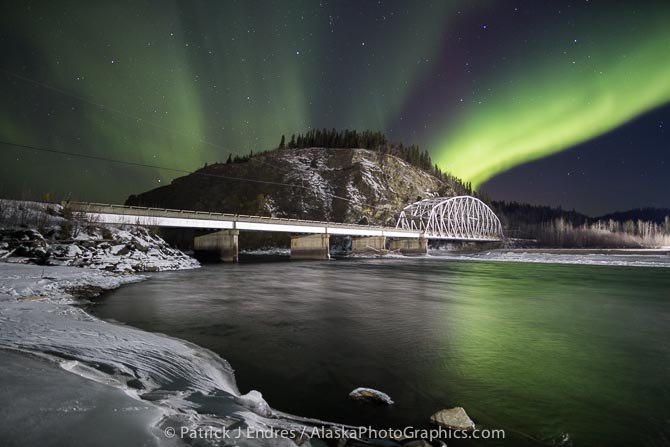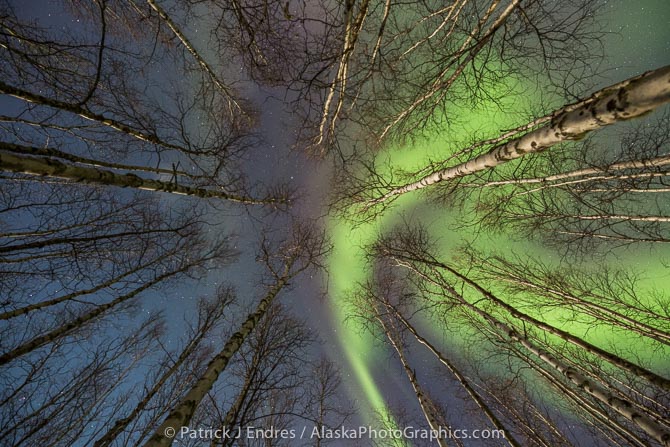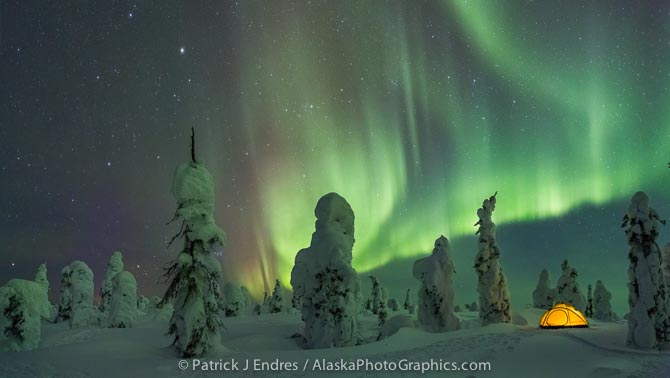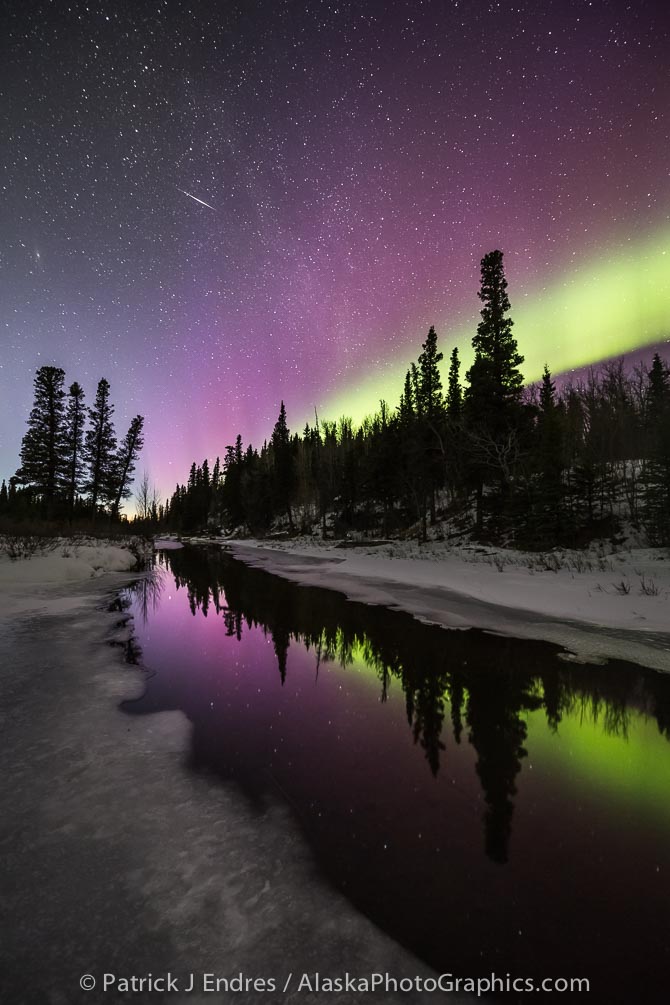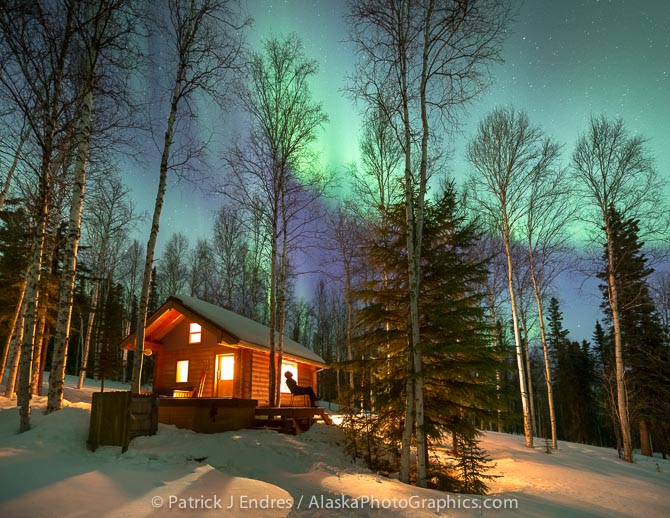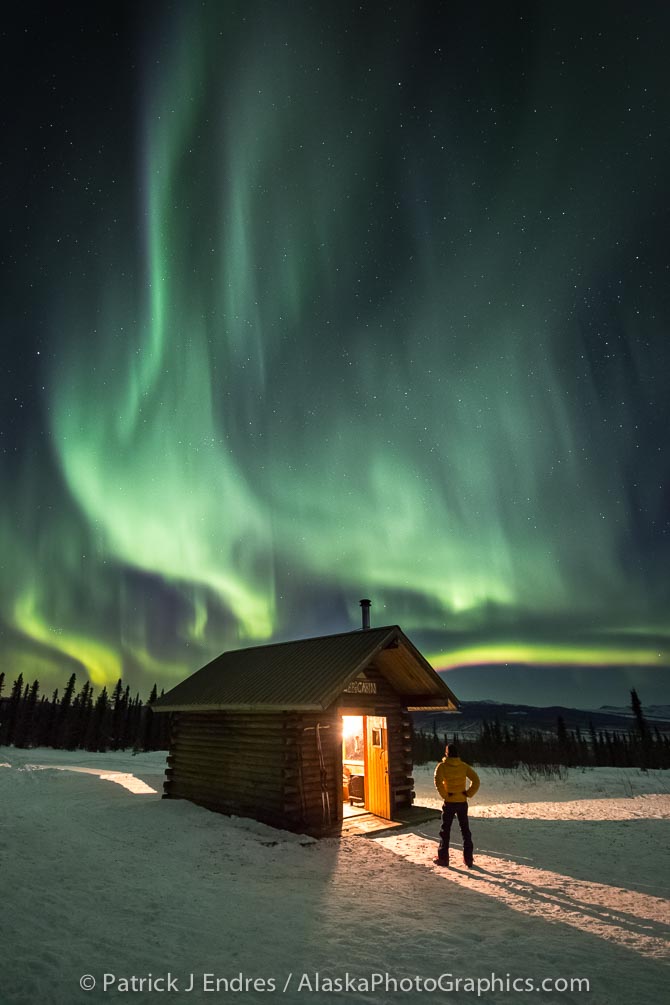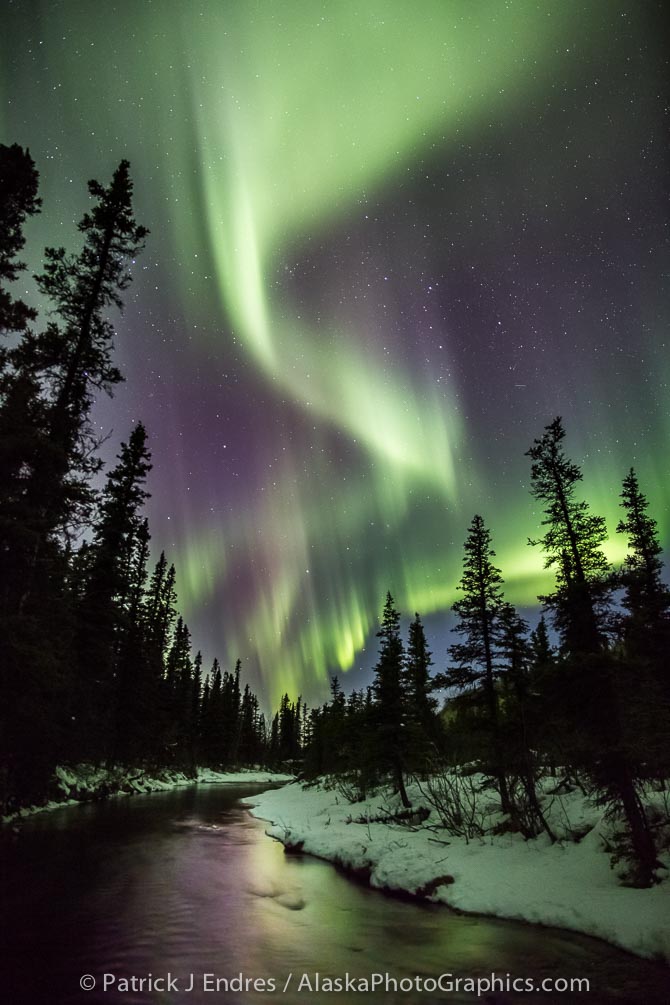 If you live in Alaska, or have visited this March in pursuit of photographing the northern lights, then your opportunities have been abundant. With record warm temperatures, combined with clear skies and tons of electromagnetic activity in the atmosphere, it has been a banger month for aurora photography. And for anyone who has spent time photographing the aurora in sub zero temps, I don’t need to tell how much easier the same tasks are at 20-30 degrees!
If you live in Alaska, or have visited this March in pursuit of photographing the northern lights, then your opportunities have been abundant. With record warm temperatures, combined with clear skies and tons of electromagnetic activity in the atmosphere, it has been a banger month for aurora photography. And for anyone who has spent time photographing the aurora in sub zero temps, I don’t need to tell how much easier the same tasks are at 20-30 degrees!
I took a year sabbatical from guiding an aurora tour this year, and while it may not have been the best year to take a break, I did get out and do some shooting on my own, in a few new locations for a change–and one of those was my own cabin!
As many of you know, I’ve written and extensive book on the process of photographing the northern lights, but it still amazes me that it takes a few days to get back in the groove. The first hurdle is getting all the technical aspects in line so you can be free to be creative. One thing that comes up over and over again, when attempting to photograph the northern lights is the need to find a compelling foreground.
Composition is a ruling principle in strong landscape photography and it is doubly difficult with the aurora. This is because you basically have two compositions going on, one on the ground and one in the sky, and the latter is perpetually changing. The more scouting you can do during the daylight hours, the more confident you can feel when the action happens in the dark–this is especially true during the darker ‘new moon’ phase of the month. Scouting locations oriented towards a northern sky will be statistically more productive.
While I’m still looking for that amazing aurora landscape photo, here are a few frames from my recent excursions.
